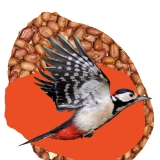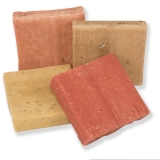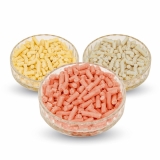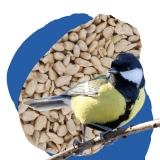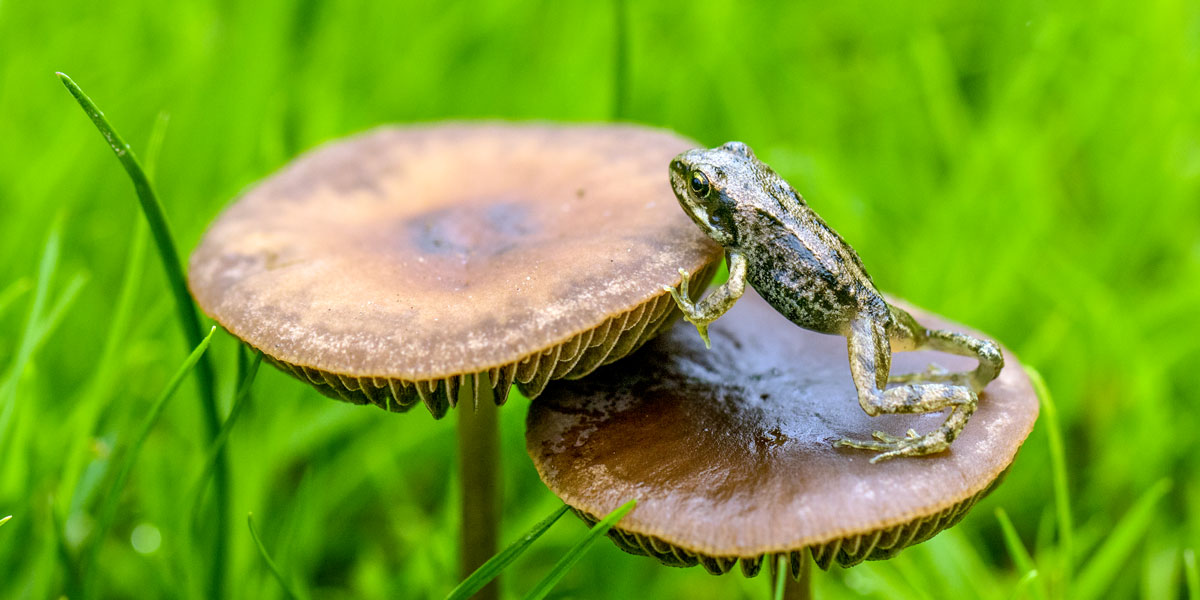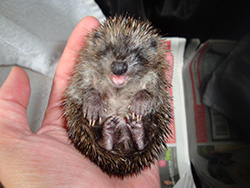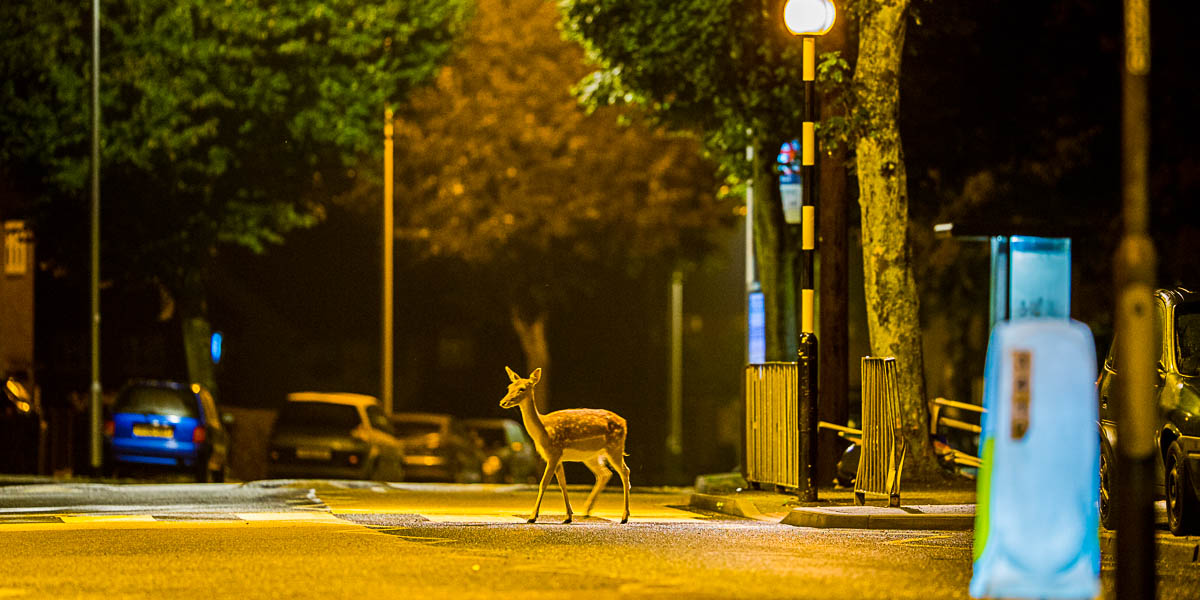Explore Our Garden Wildlife Blog
Browse or search by Category or Keyword below, alternatively click on any Tag to see related articles.
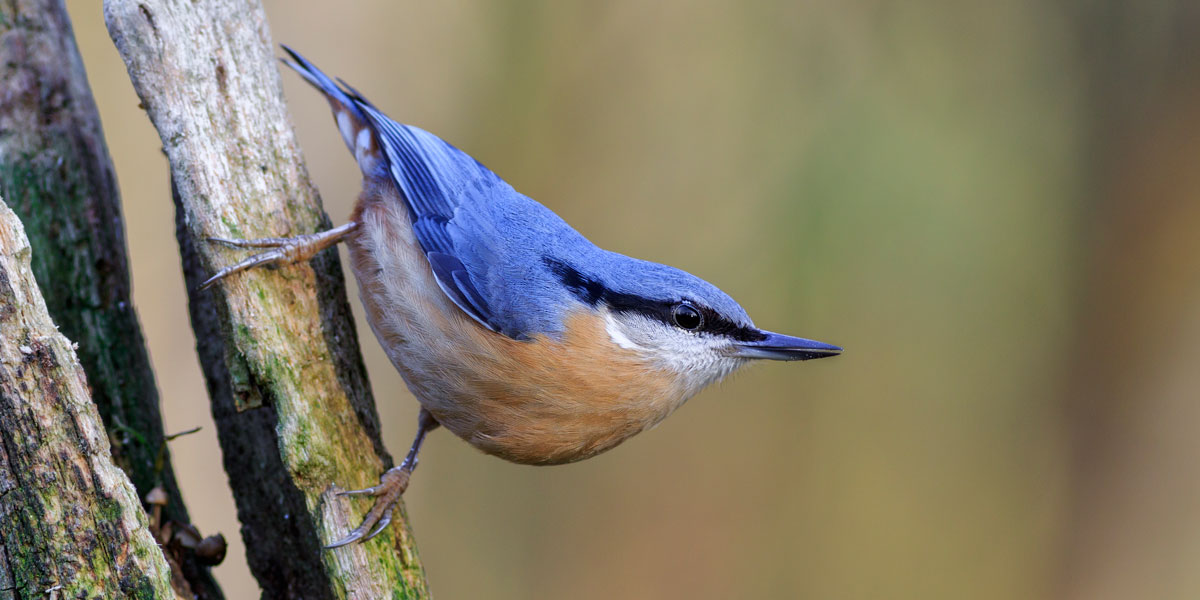

Nuthatch Bird Identification, Food & Habitat UK
By Ark Wildlife
18th September 2022
Last Updated: 13th March 2023
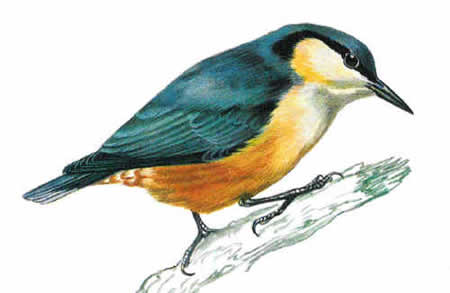
Nuthatch identification: what does a Nuthatch look like?
Length: 14cm.
This is the most common and widespread Nuthatch of Europe. Its upper parts are blue-grey, it has a black streak from the bill through the eye to the side of the neck. Under parts vary from white belly in the North of its range to deep brownish-yellow in the South. The throat is white and flanks are chestnut. The bill is a slate colour and they have yellowish-brown legs. The youngsters lack the chestnut colouration and some have white on the tail.
Nuthatch call
The Nuthatch emits loud ringing calls, including ‘chwet-chwet’. Their song is a loud repetitive ‘twee’.
When do Nuthatches lay eggs?
Breeding starts from late April. The female mainly builds the nest, which is a loose cup of dead leaves and bits of bark. The nest is situated in a tree hole, or a hole in a wall, or even a nest box. The entrance is plastered to size with mud.
Six to nine, rarely four to thirteen, eggs are laid. These are white speckled with reddish-brown. The incubation period is normally fourteen or fifteen days, but may be up to eighteen. The young are tended by both parents for twenty-two to twenty-five days.
Nuthatch habitat
The Nuthatch likes wooded areas, parkland and gardens. It may be seen at bird tables.
What food do Nuthatches eat?
Nuthatches mainly eat insects which they find in tree trunks and branches. However, they’ll also feed on seeds and nuts in the winter. They’ll even hide extra nuts inside holes in tree bark to eat later.
Where to feed Nuthatches
Feeder – Ideally above 1m in height
Table – Open topped or covered
Ground – Scatter in open
How to tell the difference between a male and female Nuthatch?
It can be quite hard to tell the difference between a male and female Nuthatch. The only real variation is that the female has slightly paler/duller upper parts with a brown stripe around the eyes.
How long do Nuthatches live for?
On average, Nuthatches live for around 2-3 years in the wild.
How to attract Nuthatches to your garden
Nuthatches love snacking on insects, nuts and seeds, so using food can be a simple and effective way to attract them to your garden. However, these birds certainly aren’t the most common to spot in gardens, so be prepared to wait! Try leaving out some sunflower hearts or bird peanuts in a bird feeder or peanut bird feeder or scattered on the ground for these birds to find.
And if you’re leaving out food, it’s always best to leave out some water too. Nuthatches prefer shallow bird baths, such as our Coniston bird bath to help them reach the water.
Nuthatches can also use nest boxes, particularly if they’re fixed high on trees. They typically prefer wooded areas, so they can be surrounded by trees. Nest boxes with a 32mm round hole are perfect for these birds.






